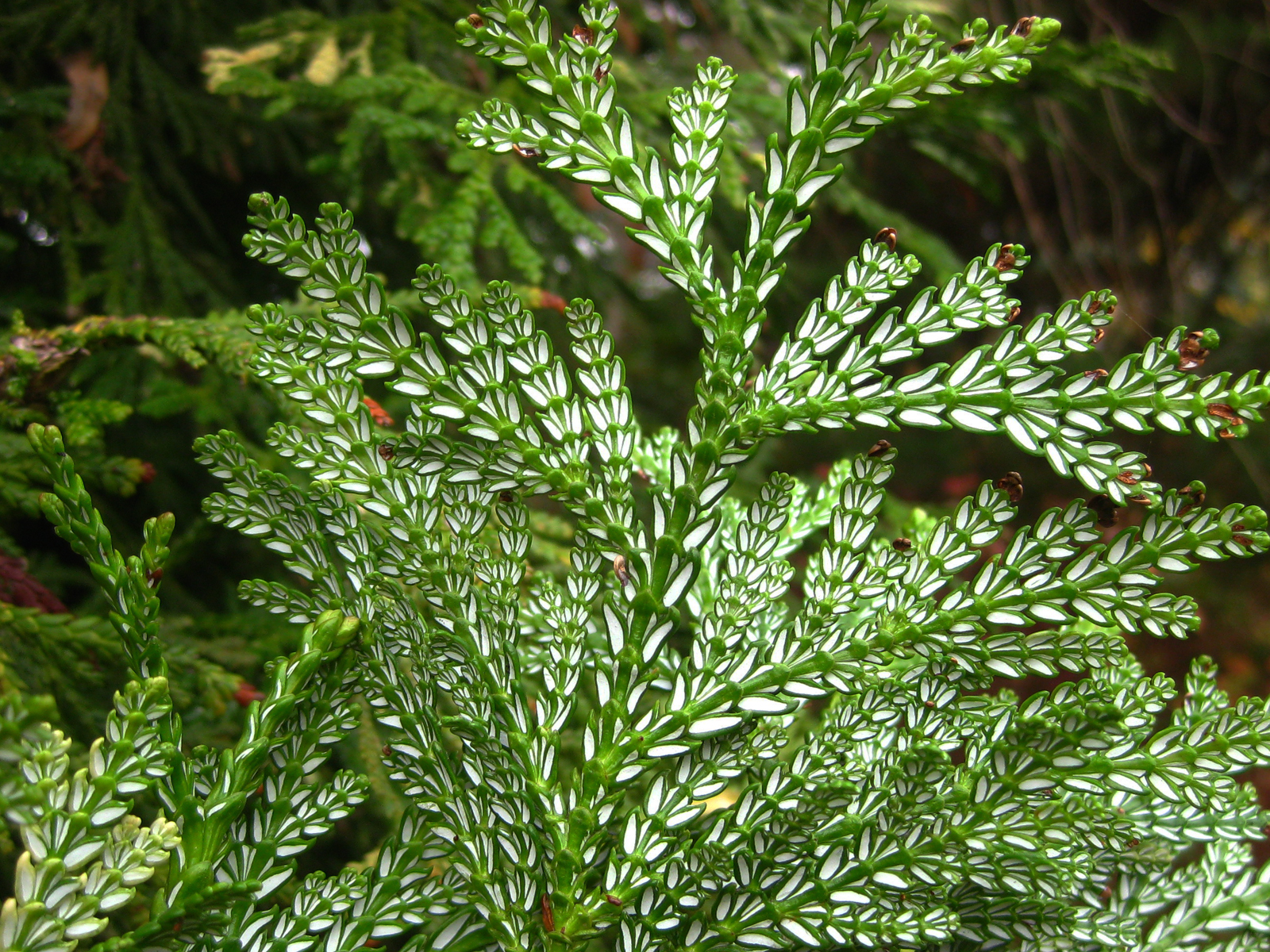As a deeper analysis of our Guide to the Best Knife Steel, we’ve compiled the reference table below showing the most popular types of knife steel and their composition of the various chemical elements and compositions. You can click on the column to sort the data according to its feature. Below the table you can find a summary of the most commonly used elements in steel production and their impact on proportions towards properties and overall quality of the steel.
Summary of key elements
Here is a useful summary of the alloying elements that are vital in knife production together with a brief description of their impact on the resulting steel’s properties.
Carbon (C)
Contributes: Hardness, Edge Retention. You’ll find carbon in every form of steel. Essentially, it’s the element that turns the basic metal iron into steel and plays a huge part in the hardening process. Generally with increased levels of carbon you get a harder steel, improved tensile strength, edge retention and overall resistance to wear. Knife steels are typically described as “high carbon” if they contain more than 0.5% carbon and these generally what you want to look for in a knife steel. However, if manufacturers go over the top with too much carbon it can make the steel brittle and also increases proneness to corrosion.
Chromium (Cr)
Contributes: Corrosion Resistance. By adding chromium to the steel it increases the resistance to oxidation and corrosion in general. To be classified as “Stainless Steel” there should be at least 13% chromium (you’ll see others quote 11% or 12% but 13% is a safe bet). Chromium is the key driver for carbide formation which lowers brittleness but also adversely impacts edge retention. In addition to improving the resistance to corrosion, chromium also improves hardenability and tensile strength. Still, every steel is going to corrode if left out in the elements for a prolonged period. Note also that too much chromium can reduce toughness.
Molybdenum (Mo)
Contributes: Toughness. Molybdenum will increase toughness which reduces the liklihood of chipping. It also allows the steel to maintain its strength at high temperatures which helps with how easy a blade is to produce in the factory. Like chromium it is a driver of carbide formation but is used typically in small relative quantities.
Nickel (Ni)
Contributes: Toughness. Some manufacturers have chosen to add small quantities of Nickel to increase toughness and strength especially at low temperatures which basically limits distortion and cracking during the quenching phase of heat treatment. Many knife makers claim it also reduces corrosion but that is often disputed.
Vanadium (V)
Contributes: Toughness, Wear Resistance. Vanadium is another element similar to Molybdenum that promotes carbide formation (the hardest of all) and it adds wear resisting properties to steels. Perhaps more importantly, vanadium produces a very fine grain during the steel’s heat treatment process which improves overall toughness. Some of the ultra-premium steels contain relatively high levels of vanadium and allow for a super sharp edge.
Cobalt (Co)
Contributes: Hardness. Adding very small amounts of cobalt can allow for quenching (i.e. rapid cooling to achieve hardness) at higher temperatures and tends to boost the effects of other elements in the more complicated steels. It is not a carbide former in itself but certainly does promote the achievement of overall hardness.
Manganese (Mn)
Contributes: Hardenability, Strength, Wear Resistance. Another key element which assists with the hot working properties making the knife more stable during quenching. Manganese will contribute to increased hardness as well as tensile strength and resistance to wear and tear. As with anything that increases hardness, too much and the steel will be too brittle.
Silicon (Si)
Contributes: Hardenability, Strength. Silicon adds to overall strength similar to the effects of Manganese, making the manufacture of the steel far more stable. However, the real value of Silicon is in de-oxidation and de-gasifying to remove oxygen. Oxygen is unwelcomed in steel production because it leads to blowholes or pitting.
Niobium (Nb)
Contributes: Toughness, Wear Resistance. Niobium is primarily used to aid fine grain structure which helps to improve the wear resistance and prevent chipping. Arguably the best known knife steel that capitalised on Niobium is CPM-S35VN which combined with carbon, introduced niobium carbides to aid wear resistance and edge chipping. The result is formidable edge retention.
Tungsten (W)
Tungsten forms carbides and will tend to improve resistance to wear and tear. It is usually added in conjunction with chromium or molybdenum for best results.
Other elements used less frequently include Aluminium (Al), Boron (B), Copper (Cu), Niobium (Nb), Nitrogen (N), Lead (Pb), Phosphorus (P).
STEEL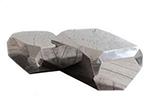 | CARBON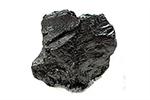 | CHROMIUM | MOLYBDENUM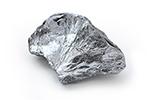 | VANADIUM | COBALT  | NICKEL | MANGANESE  | SILICON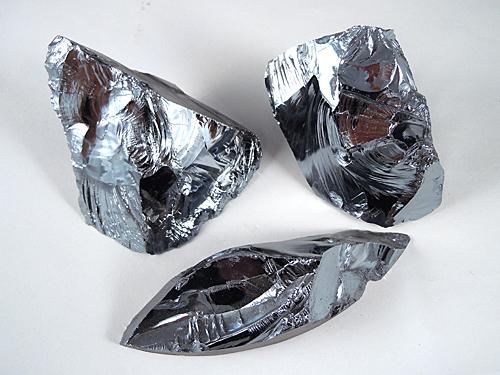 | HARDNESS (ROCKWELL) |
|---|---|---|---|---|---|---|---|---|---|
| N690 | 1.07 | 17 | – | 0.1 | 1.5 | – | – | 0.4 | 60 |
| VG-10 | 0.95-1.05 | 14.5-15.5 | 0.90-1.20 | 0.10-0.30 | 1.30-1.50 | – | 0.5 | – | 59-61 |
| 9Cr13CoMoV | 0.85 | 13.5 | 0.2 | 0.2 | 1 | – | 1 | 1 | 58-60 |
| ATS-55 | 1 | 14 | 0.6 | – | 0.4 | – | 0.5 | 0.4 | 59-61 |
| CPM-S90V | 2.3 | 14 | 1 | 9 | – | – | 0.5 | 0.5 | 56-58 |
| CPM-S60V | 2.15 | 17 | 0.4 | 5.5 | – | – | 0.4 | 0.4 | 58-60 |
| CPM-M4 | 1.42 | 4 | 5.2 | 4 | – | – | Ñ | 0.6 | 60-62 |
| CPM-S30V | 1.45 | 14 | 2 | 4 | – | – | Ñ | 0.5 | 59-61 |
| CTS-204P | 1.9 | 20 | 1 | 4 | – | – | 0.4 | 0.6 | 60-62 |
| M390 | 1.9 | 20 | 1 | 4 | – | – | 0.3 | 0.7 | 60-62 |
| CPM-S35VN | 1.34 | 14 | 2 | 3 | – | – | 0.5 | 0.5 | 59-61 |
| ELMAX | 1.7 | 18 | 1 | 3 | – | – | 0.3 | 0.8 | 58-62 |
| M-2 | 0.95-1.05 | 3.8-4.5 | 4.75-6.50 | 2.25-2.75 | – | 0.3 | 0.15-0.40 | 0.2 | 61-63 |
| BG-42 | 1.15 | 14.5 | 4 | 1.2 | – | – | 0.5 | 0.3 | 61-62 |
| D-2 | 1.40-1.60 | 11.0-13.0 | 0.70-1.20 | 1.1 | – | 0.3 | 0.6 | 0.3 | 57-61 |
| K110 | 1.40-1.65 | 11.0-13.0 | 0.8 | 1 | – | – | 0.4 | 0.5 | 58-60 |
| CTS-XHP | 1.6 | 16 | 0.8 | 0.5 | – | 0.35 | 0.5 | 0.4 | 60-64 |
| 154CM | 1.05 | 13.5-14.0 | 4 | 0.4 | – | – | 0.5 | 0.3-0.8 | 58-62 |
| X-15 TN | 0.42 | 15.6 | 1.7 | 0.3 | – | 0.3 | 0.5 | 0.2 | 58-60 |
| 420HC | 0.40-0.50 | 13 | 0.6 | 0.3 | – | – | 0.4 | 0.4 | 56-58 |
| O-1 | 0.85-1.00 | 0.40-0.60 | – | 0.3 | – | 0.3 | 1.00-1.40 | 0.5 | 56-58 |
| T5MoV | 0.5 | 14 | 0.4 | 0.2 | – | – | – | – | 56-58 |
| 1095 Cro-Van | 0.95 – 1.10 | 0.40-0.60 | 0.06 | 0.15-0.25 | – | 0.25 | 0.30-0.50 | 0.15-0.25 | 58-60 |
| AUS-10 | 0.95-1.10 | 13.0-14.5 | 0.10-0.31 | 0.10-0.27 | – | 0.5 | 0.5 | 1 | 58-60 |
| AUS-8 | 0.70-0.75 | 13.0-14.5 | 0.10-0.30 | 0.10-0.26 | – | 0.5 | 0.5 | 1 | 57-59 |
| AUS-6 | 0.55-0.65 | 13.0-14.5 | – | 0.10-0.25 | – | 0.5 | 1 | 1 | 55-57 |
| ZDP-189 | 3 | 20 | 1.3 | 0.1 | – | – | – | – | 64-66 |
| LV-04 | 0.9 | 18 | 1.2 | 0.1 | – | – | 0.7 | – | 59 |
| T6MoV | 0.6 | 14.2 | 0.7 | 0.1 | – | 0.2 | – | 1 | 54-56 |
| 5Cr15MoV | 0.45-0.50 | 14.5-15.0 | 0.6 | 0.1 | – | – | 0.4 | 0 | 55-57 |
| CTS-BD1 | 0.9 | 15.8 | 0.3 | 0.1 | – | – | 0.6 | 0.4 | 58-60 |
| 8Cr13MoV | 0.8 | 13.0-14.5 | 0.2 | 0.1 | – | 0.2 | 1 | 1 | 58-59 |
| 14-4CrMo | 1.05 | 14 | 4 | – | – | – | 0.5 | 0.3 | 60-62 |
| ATS-34 | 1.05 | 14 | 4 | – | – | – | 0.4 | 0.4 | 59-61 |
| CPM-154 | 1.05 | 14 | 4 | – | – | – | 0.6 | 0.8 | 59-61 |
| 9Cr18MoV | 0.95 | 17-19 | 1 | – | – | 0.1 | 0.8 | 0.8 | 58-60 |
| 440C | 0.95-1.20 | 16.0-18.0 | 0.8 | – | – | – | 1 | 1 | 57-59 |
| 440B | 0.75-0.95 | 16.0-18.0 | 0.8 | – | – | – | 1 | 1 | 57-59 |
| 440A | 0.65-0.75 | 16.0-18.0 | 0.8 | – | – | – | 1 | 1 | 55-57 |
| H1 | 0.15 | 14.0-16.0 | 0.50-1.50 | – | – | 6.0-8.0 | 2 | 3.0-4.5 | 57-58 |
| G-2 | 0.9 | 15.5 | 0.3 | – | – | – | 0.6 | 0.4 | 56-58 |
| GIN-1 | 0.9 | 15.0-17.0 | 0.3 | – | – | – | 0.6 | 0.4 | 56-58 |
| 14C28N | 0.62 | 14 | – | – | – | – | 0.6 | 0.2 | 55-62 |
| 19C27 | 0.95 | 13.5 | – | – | – | – | 0.7 | 0.4 | 61-62 |
| LV-03 | 0.95 | 13.5 | – | – | – | – | 0.7 | – | 58-60 |
| 12C27 | 0.6 | 13.5 | – | – | – | – | 0.4 | 0.4 | 57-59 |
| AUS-4 | 0.40-0.45 | 13.0-14.5 | – | – | – | 0.5 | 1 | 0 | 55-57 |
| 13C26 | 0.68 | 13 | – | – | – | – | 0.7 | 0.4 | 58-60 |
| 420 | 0.15 | 12.0-14.0 | – | – | – | – | 1 | 1 | 49-53 |
| 1095 | 0.90 – 1.03 | 0 | – | – | – | – | 0.30-0.50 | 0 | 58-60 |



























